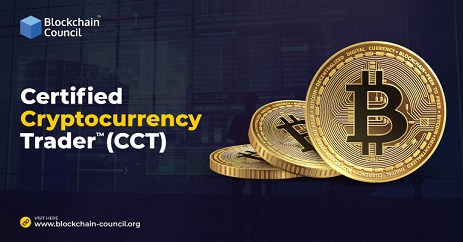Ethereum
After The Merge, Ethereum Is Ready For Surge, Verge, Purge, And Splurge
Table of Contents
The much-awaited Ethereum Merge took place on 15th September 2022 at 06:42:42 UTC. It happened at block 15537393.
Ethereum changed its consensus layer from proof of work to proof of stake.
However, post the merger ETH had lost 150 million in value within 24 hours.
ETH dropped from $1700 on 10th September to 15% and currently is hovering around $1200.

Merge will enable ETH to reduce its energy consumption to 99.95% and will make it more scalable, cheaper, and faster.
Ethereum isn’t just for digital money. Anything you can own can be represented, traded, and put to use as non-fungible tokens (NFTs).
However, all of this will happen only after all of the Ethereum upgrade rounds that include – Merge, Surge, Verge, Purge, and Splurge.
What are Ethereum Merge, Surge, Verge, Purge, and Splurge?
This merge was the first round of the Ethereum upgrade which is only 40% of the whole process.
After the merge, there will be other upgrade steps. Although instead of going step by step these all are happening in parallel.

In the merge, ETH only changed its consensus layer and converted it to proof of stake from proof of work.
In the last step of the merge, ETH was going to merge with parallel Blockchain to Ethereum – Beacon Chain.
Beacon chain was started in 2020 and worked as a replica of ETH but it was run on proof of stake.
Once Beacon chain successfully adopted PoS, it was joined to Ethereum. Hence, it turned into a complete proof of stake-based Blockchain.
However, it was just the first step toward the ETH upgrade vision of Vitalik Buterin, Ethereum co-founder.
The Surge
After the merge, ETH will have a Surge because this round will enable the sharding facility in the Ethereum network.
What is Sharding?
Sharding is a scaling solution for Blockchain Technology. Sharding also allows distribution of Blockchain ledger and other data in small parts across the network.

In this way, instead of sorting whole data in one place, the ledger will be distributed in shards on the cloud.
Surge and sharding will allow users to easily operate nodes that are responsible for security on the network.
The surge will reduce the cost of rollups or packaged transactions, and enable affordable layer-2 blockchains.
After the surge and it will process transactions faster than before.
As Vitalik described “Ethereum today can process about 15-20 transactions a second. This Ethereum including the rollups, including the sharding, it’s going to be able to process 100,000 transactions a second”
The Verge
After surge there comes Verge. Verge is a technical upgrade that will take Ethereum one step near to “Decentralization” as it is often accused to be less decentralized.
In the form of Verge, there will be technical upgrades that will add “Verkle Trees” and “Stateless Clients” systems into the network.
Verkle Trees work like a mathematical proof and both of these will allow Ethereum users to become network validators.
For this users or validators won’t need to store a big amount of data on their machines and they can validate transactions by locking up their ETH coins.
The Purge
The next step of the Ethereum upgrade is Purge. As the name indicates Purge will allow the Ethereum network to delete all unnecessary data that was mainly related to the PoW mechanism.
After Ethereum transitions to PoS, this data will be useless. Purge will cut down space that validators would need to have on their hard drive.
This will make the ETH network much simpler to use and nodes won’t require to store history.
The Splurge
The final step of this upgrade is Splurge. Although Vitalik defines it as “All of the other fun stuff”. Splurge includes various other small upgrades across the network.
However, in the splurge phase, Proposal-Builder Separation will be used by ETH for the consensus layer.
It is also called the PBS system and allows validators to not use MEV (miner-extractable value).
In this way, validators are isolated from the block builders, allowing the block builders to specialize in block building (MEV) while the validators can only concentrate on validating, as opposed to being forced to compete with one another for MEV.
Along with this Splurge will contain many other changes and updates.
Final Thoughts
Hence, this merge is supposed to reduce worldwide electricity consumption by 0.2 % as stated by Vitalik in a tweet post-merge.
https://twitter.com/VitalikButerin/status/1570299062800510976
After all the rounds of upgrades, Ethereum is expected to become more secure, scalable, and decentralized as these are the core pillar characteristics of web3.



